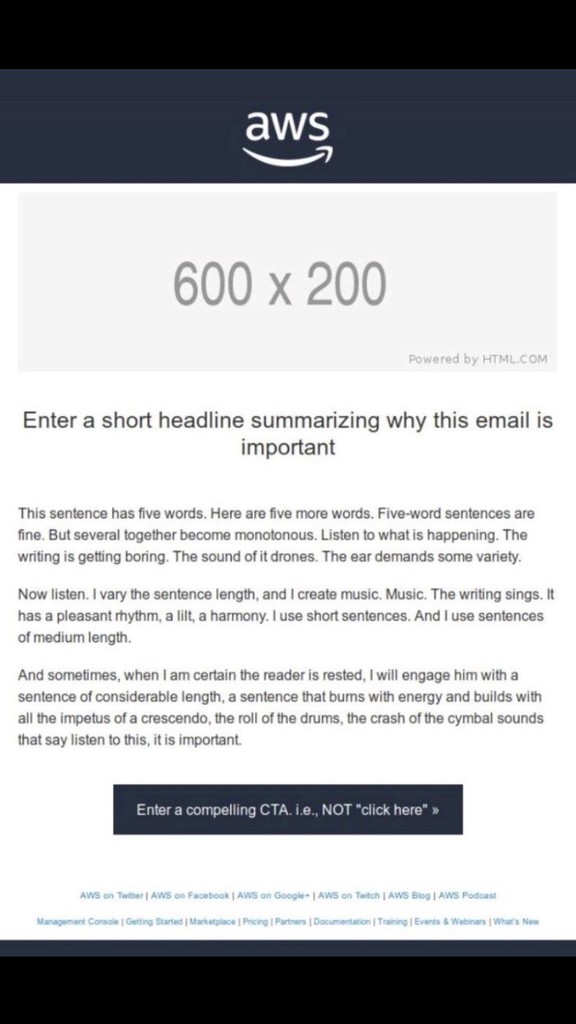What We Can Learn From Amazon’s Email Template
Although the eblast is certainly a powerful tool, many artists and labels grapple with the difficult challenge of how to best format these emails for maximum engagement. Here, we look to the example of one scrappy little startup company known as Amazon, and why it is that their choice of email format is so particularly effective.
Guest post by Bobby Owsinski of Music 3.0
One of the thing that artists, musicians and even labels constantly struggle with is how an email blast or press release should be formatted for best engagement. There are many different ways to do this, but if you’ve ever received anything from Amazon you know that what they do is particularly effective. It seems that Amazon’s email template was accidentally sent out recently and it’s rightfully caused quite a stir. If you haven’t seen it yet, here it is.

The Picture Tells The Story
So when we look this over we can immediately tell there’s a lot to learn from it. The first thing we see is that after the logo at the top of the page, an image can be very helpful. Make a note that the size of the image is important here, as it’s large enough to grab attention but not so much that it takes over the page.
The Headline
Next comes the headline, which tells why the email is important and why we should continue to read further. Headlines are difficult to create, especially one that’s succinct with the fewest words, but it’s worth taking the extra time to formulate it as it’s the key to the reader going forward.
The Body Copy
The three paragraphs of the body of Amazon’s email template may be the best lesson in writing you’ll ever find in the fewest words. It shows in the first paragraph that short sentences can be boring if too many are strung together in a row. Now if you were writing a video script for someone to read on a teleprompter, short sentences are perfect, but not when it comes to emails if you want engagement.
The next two paragraphs provide the template for good body copy. A combination of short and medium sentences “creates music,” as the template illustrates. Throw in a long complex sentence and you have an engaged reader.
Ask Them To Do Something
If there’s one thing that non-professional email writers overlook it’s the Call To Action (CTA). You’re writing an email because you want the reader to do something – ask them to do it! Click on the link, buy something, come to a show, it doesn’t matter. Ask them to do it or it won’t happen. And as the template explains, don’t just say “Click Here.” Explain what will happen, like “Get Your Free Copy.”
Amazon’s email template may have been an accident, but it’s proved to be a great opportunity to learn something from a giant corporation that knows a thing or two about communications. Use these tips in your next email blast and watch the response.
Extra income for all. Try paid surveys.
https://www.ysense.com/?rb=59429643